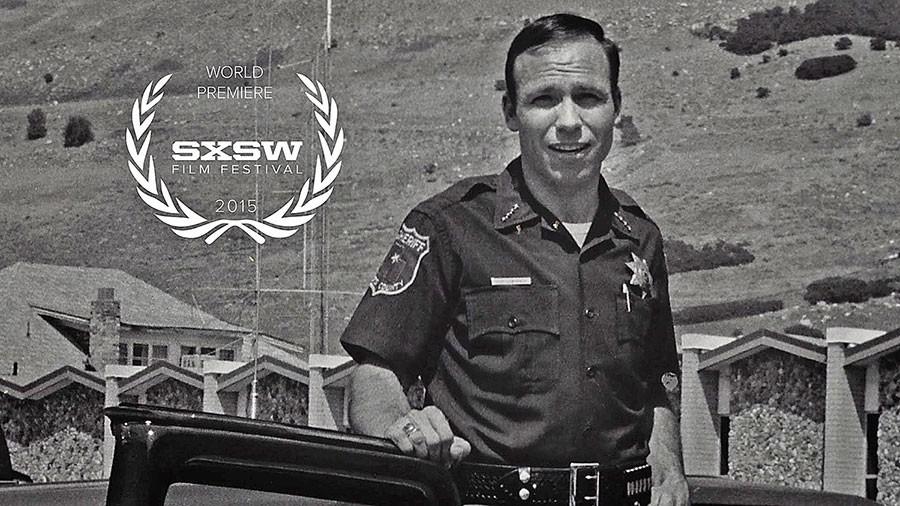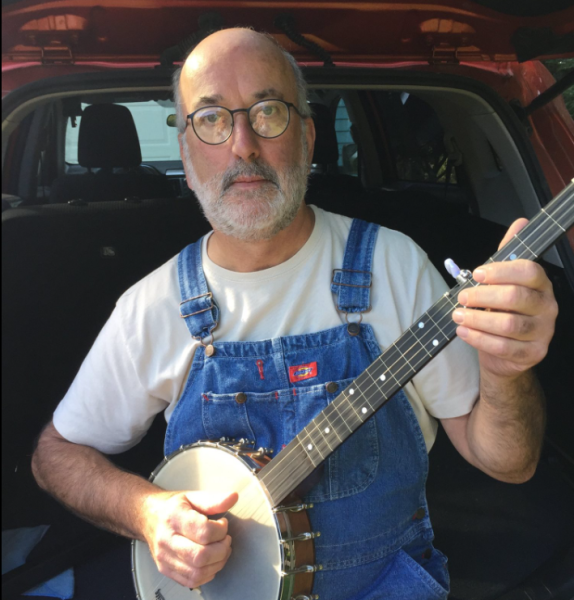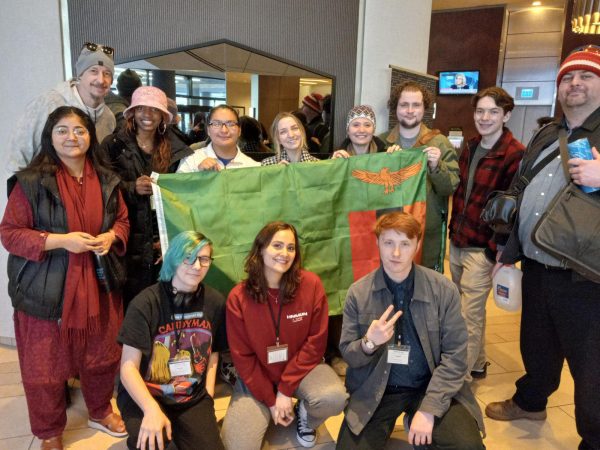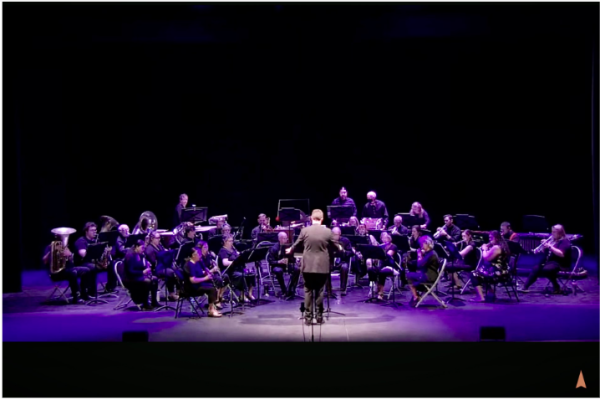“Peace Officer” exposes police brutality
Four chairs are on the stage of the theater in Bentley Hall, Johnson State College, as David Bergh, dean of student life and college relations, holds the microphone. The theater is packed and ready for the screening of the never-before-seen “Peace Officer,” a documentary on SWAT teams in America.
Bergh introduced four speakers of the panel: Kaja Tretjak, assistant professor of sociology/anthropology; David Plazek, associate professor of political science; Roger Marcoux, Lamoille County Sheriff; and lastly, Chuck Pizer, Vermont PBS’s community engagement director.
“This film certainly falls under the lens of what we see on the news every day. What we want tonight is to have a dialogue and to see where things are from different perspectives, and to also have a call for action,” said Pizer.
The screening was only a 75-minute version of what will be aired on May 9 by PBS. The film started off by listing statistics of the U.S. SWAT, such as this highlighting fact: “Since the 1970s there has been a 15,000 percent increase in SWAT team raids in the United States.”
The film stars Dub Lawrence, who was once a sheriff and helped break the infamous Ted Bundy case. In the late 70s, he helped coin the first SWAT team in Los Angeles. In 2008, he watched as a local SWAT team in Utah killed his son-in-law, Brian Wood, for the controversial rape and beating of his wife.
“This wall represents the sequential development of the investigation as we learned new things about the case,” said Dub, who was surrounded by photos on the four walls of his garage. “This has been a very difficult thing to do because of my relationship and how close I was with Brian. He was like a son, and we were not expecting this.”
Wood called the police himself, admitting to what he had done and begging that they “come get him.” Clearly unstable, he locked himself in his truck with a gun to his head. Wood’s father approached the car and was talking him down as SWAT arrived and told the father to step away or he would also be charged.
Instead of handling the situation peacefully, over 100 police officers showed up to the 12 hour stand-off, including 46 SWAT members. Using tear gas, flash-bang grenades, and impact rounds, they greatly injured Wood and his vehicle while he was trying to surrender. The media coverage said he committed suicide inside of his truck, but really a sniper on the ground shot him in the head, which proved to be the fatal wound.
“I was disappointed, but at the same time I consistently comforted my family and told them the SWAT team was professional and they knew what they were doing,” said Dub. After the incident, Dub requested police records and of the 1100 pages, 300 were redacted.
Coming from a heavy law enforcement background, this event scarred the Lawrence and Wood families and fueled Dub’s passion to research many cases like Brian Wood’s. A similar case happened to Matthew Stewart in 2012.
In the wee hours of the night, a SWAT team of men, dressed in casual clothes, entered Stuart’s house after knocking and not getting a response. They were in search of five pounds of marijuana.
In the film, Stewart was pictured from his hospital bed saying that he believed he was defending himself from intruders, not yet aware that he was being charged with the murder of a SWAT team member. Dub investigated this case and found over 54 bullets that were left behind at the scene, which he used to re-create a more accurate version of what really happened. It is believed that the shot that killed the SWAT member was from friendly fire.
Over 100 rounds were shot and Matthew suffered massive wounds to the face, arm, and torso. Awaiting sentence in jail, he hung himself.
The reality is that the militarization of the police is real and happening all over the country, with increased no-knock type entries that result in death of the suspect or the officer. According to Aljazeera, “From 2010 to November 2014, 45 people were killed by police in Utah — more than the number of Utahns killed by child abuse or gang- and drug-related violence.”
Plazek and Tretjak took very sociological standpoints in their brief talks about the rise in police brutality. “Unfortunately, law enforcement has a lot of hoops to jump through and a lot of legal bindings they must follow,” said Tretjak.
After a student asked a question, Sherrif Marcoux shed some light on the no-knock policy: “A warrant must be served between the hours of 6 a.m. and 10 p.m., unless granted special permission from a judge. Legally, you must also introduce yourself before entering, unless a person inside the house would be in danger if you were to announce. This is something that also has to be approved by a judge.”
Marcoux went on to say that the Lamoille County sheriff’s department has been granted some military equipment such as assault rifles and Humvees. “We only use the Humvees in the event of emergencies such as flash flooding. Our department has not fired shots in over 15 years,” said Marcoux.
As anticipated, the film was truly shocking to many students and eye-opening to what is happening, not only in Vermont but all over the country, as we battle the pandemic of police militarization.








